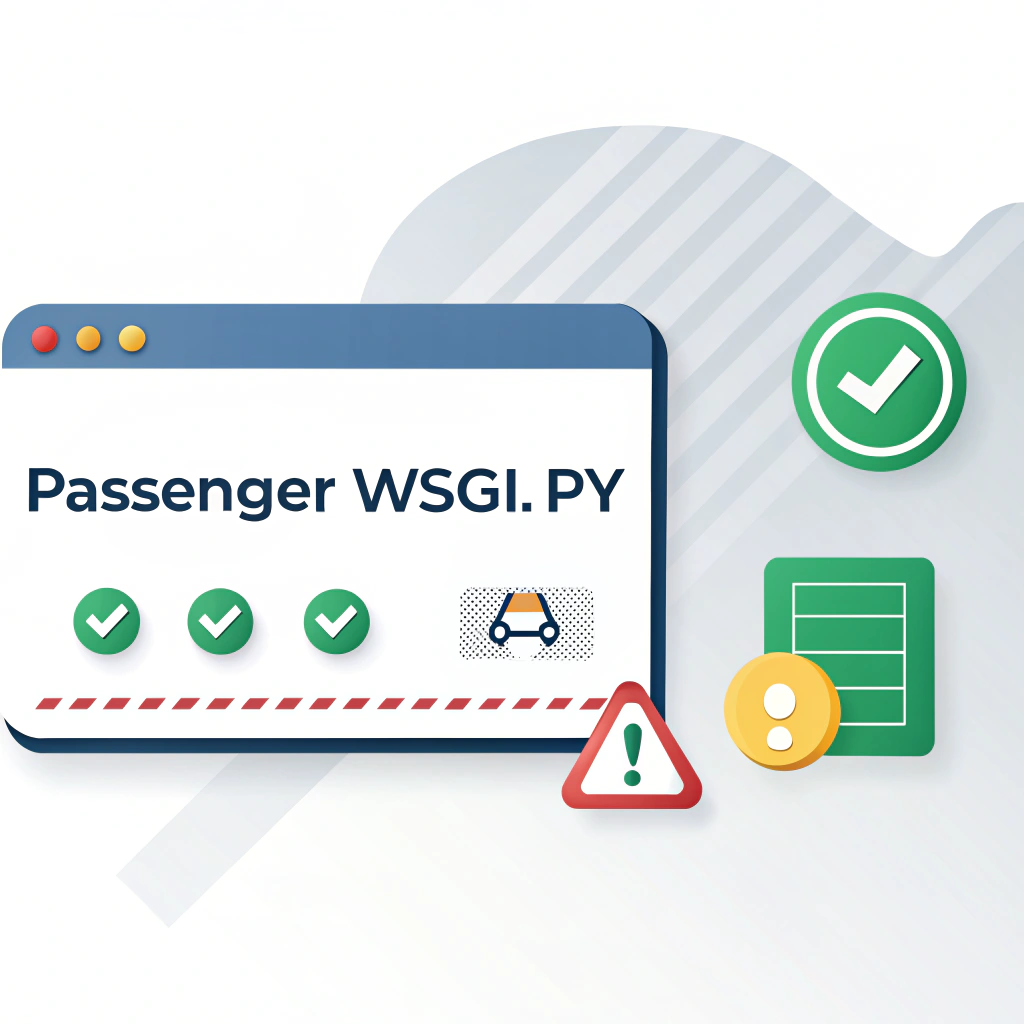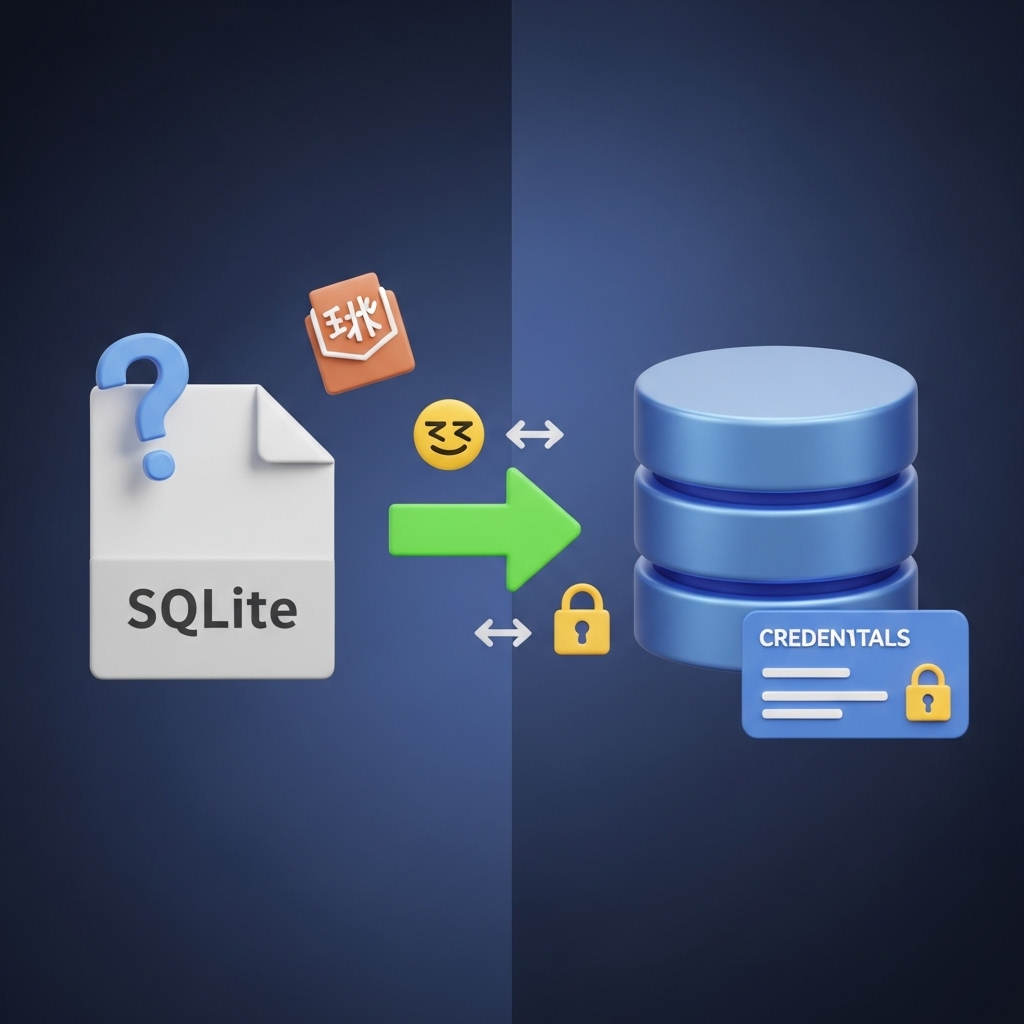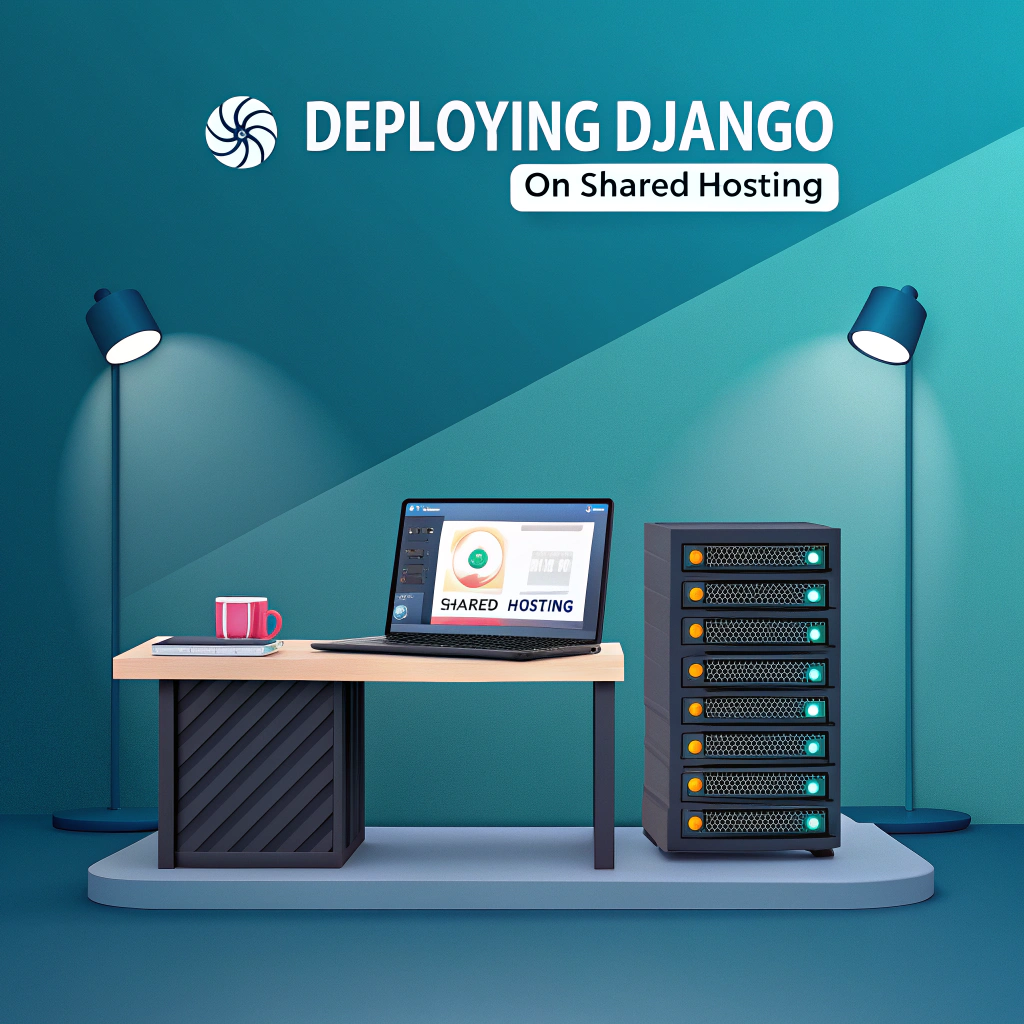Introduction — why “shared hosting” still matters (and the reality)
If you want a low-cost place to publish a small Django site, shared hosting can still be attractive. But shared hosting was designed for PHP sites and static pages — running a full Django app takes planning, patience, and the right host features. This guide explains how to deploy Django on shared hosting safely and reliably: what’s possible, exact steps many admins use (virtualenv, Passenger/mod_wsgi), common pitfalls, and when you should move to a VPS or PaaS.
I’ll walk you through a real workflow I’ve used: prepare the project, configure WSGI/Passenger, handle static/media, secure credentials, test, and troubleshoot — plus pointers to authoritative docs. Where a host-specific step exists (cPanel’s Python App, CloudLinux/Passenger), I link to vendor docs so you can follow along. cPanel & WHM DocumentationHosting Knowledge Base

Quick comparison — options on shared hosting
| Option | Typical host support | Pros | Cons |
|---|---|---|---|
| cPanel Setup Python App + Passenger | CloudLinux / cPanel hosts | Easy virtualenv creation, Passenger integration | Not universal, some limits on versions. Hosting Knowledge Basejvmhost.com |
| Passenger + custom virtualenv | Many hosts with Passenger | Well-supported for WSGI apps | Requires SSH + careful path config. Hosting Knowledge Base |
| mod_wsgi (Apache) | Rare on shared—needs host support | Native WSGI integration | Often not available on stock shared plans. cPanel Support |
| CGI / cron + static site (workaround) | Universal | Cheap fallback for tiny apps | Limited capability — not real Django deployment. |
If your host offers a “Setup Python App” or a Passenger-managed Python environment, you’re in the best position for a real Django deployment on shared hosting. If not, consider a low-cost VPS or a PaaS (PythonAnywhere, Render, Fly.io, etc.). Hosting Knowledge BaseReddit
Before you start — checklist (prepare locally first)
- Use a clean virtualenv and
requirements.txt. - Set
DEBUG = Falseand add actualALLOWED_HOSTS. - Move sensitive settings to environment variables (SECRET_KEY, DB credentials).
- Make sure static and media file settings exist (
STATIC_ROOT,MEDIA_ROOT). - Confirm you have SSH access (highly recommended).
- Check with your host support whether Passenger or mod_wsgi is available. (If your cPanel has “Setup Python App”, follow that.) cPanel & WHM DocumentationHosting Knowledge Base
Step-by-step guide (practical workflow)
1) Prepare and test locally
- Freeze dependencies:
pip freeze > requirements.txt - Ensure
ALLOWED_HOSTS = ['yourdomain.com']andDEBUG = Falsein production settings (or read from env). - Add
STATIC_ROOT = BASE_DIR / 'staticfiles'andMEDIA_ROOT = BASE_DIR / 'media'. - Collect static locally to verify:
python manage.py collectstatic --noinput - Test with a local WSGI server:
gunicorn myproject.wsgi(optional).
This stage avoids surprises on the host.
2) Create Python App / Virtualenv on the host
If your host has a cPanel Setup Python App (CloudLinux), use it — it creates a virtualenv and gives you the activation command and a startup file template. If not, SSH into your account and create a venv manually:
python3 -m venv ~/venvs/myapp
source ~/venvs/myapp/bin/activate
pip install -r requirements.txt
Document the venv path — you’ll need it in Passenger/mod_wsgi startup files. cPanel docs explain this flow. cPanel & WHM DocumentationHosting Knowledge Base
3) Upload your project and configure WSGI entry point
Upload your project (SFTP or git + pull). Typical layout: /home/username/myapp/. Create a passenger_wsgi.py (or passenger_wsgi.py depending on host) in your app root:
import sys, os
# adjust path to your project root and venv site-packages
sys.path.insert(0, '/home/username/myapp')
sys.path.insert(0, '/home/username/myapp/myproject')
os.environ['DJANGO_SETTINGS_MODULE'] = 'myproject.settings'
# Optionally set PYTHONPATH to virtualenv site-packages
activate_this = '/home/username/venvs/myapp/bin/activate_this.py'
with open(activate_this) as f:
exec(f.read(), dict(__file__=activate_this))
from django.core.wsgi import get_wsgi_application
application = get_wsgi_application()
Paths must match your host’s layout — small mistakes here are the most common cause of “passenger error” messages. Check host docs and forum posts for typical passenger_wsgi.py examples. Stack OverflowReddit

4) Static files & media — serve them efficiently
On shared hosting, Apache/nginx typically serves static files — Django should not. Steps:
- Set
STATIC_ROOTto a folder outside the project or insidepublic_html/static/if host enforces that. - Run
python manage.py collectstaticon the host (inside virtualenv). - Ensure filesystem permissions allow the webserver to read static files (forums note common permission issues). Django Forum
For media uploads, store files outside the code folder and serve via a protected route or a CDN if possible.
5) Database — SQLite vs MySQL/Postgres
- SQLite is supported everywhere but not ideal for multi-user production or heavy write loads.
- For real sites use the host’s MySQL/MariaDB (or managed DB) and configure
DATABASESaccordingly. Create the DB and DB user in cPanel and updatesettings.pywith env-based credentials. Many shared hosts provide a MySQL wizard in cPanel; follow it and test connections. Hosting Knowledge BaseHostingHome | KB
6) Environment & security
- Use environment variables or a
.envfile (read bypython-dotenv) for secrets — never commitSECRET_KEYto git. - Ensure database credentials are restricted to the DB user and the web user has least privilege.
- Turn on HTTPS (use Let’s Encrypt in cPanel) and, if supported, enforce TLS for DB connections when possible.
- Set proper file permissions and disable directory listing. These reduce exposure on a shared machine.
7) Restart & debug using logs
After configuration, restart the app (cPanel interface or touch the WSGI file). If it fails:
- Check Passenger/Apache error logs and your Django logs (where you configured them).
- Common errors: wrong PYTHONPATH, wrong virtualenv activation, missing dependencies, permission errors reading static/media.
- Use a small test view returning
200 OKto verify WSGI basics before enabling full app.
Community threads (StackOverflow / Reddit / Django forums) contain many practical error examples and fixes that match passenger_wsgi path issues. Stack OverflowReddit
When shared hosting becomes the wrong tool
Shared hosting is best for small, low-traffic sites. Consider upgrading if you need:
- Frequent deployments, custom system packages, or background workers.
- Guaranteed uptime/isolated performance (VPS or managed PaaS).
- Modern orchestration (Docker/Kubernetes) or horizontal scaling.
Platforms to consider when ready: DigitalOcean App Platform, Render, Railway, PythonAnywhere, Heroku alternatives — they remove many shared-hosting constraints.
Troubleshooting quick reference
| Symptom | Likely cause | Quick fix |
|---|---|---|
| Passenger error #2 | Incorrect passenger_wsgi or paths | Re-check sys.path and virtualenv activation. Stack Overflow |
| Static files 404 | Wrong STATIC_ROOT or permissions | Run collectstatic; fix folder ownership/permissions. Django Forum |
| DB connection failure | Wrong credentials, host, or DB not created | Verify DB, user, host (localhost vs remote), and privileges. HostingHome | KB |

Final security & maintenance checklist
- Keep
DEBUG=False. - Rotate secrets and use environment variables.
- Back up DB and media regularly.
- Limit file upload sizes and validate file types.
- Monitor logs and set up an alerting email.
Conclusion — shared hosting works if you know its limits
Yes, you can run Django on shared hosting — but success depends on host features (Python app support / Passenger), SSH access, and careful configuration of virtualenv, WSGI entry point, static/media, and DB. For small projects and prototypes, shared hosting is cost-effective. For anything that needs reliability, scaling, or modern CI/CD workflows, plan a migration path to VPS/PaaS early.
If you want, I can create:
- A passenger_wsgi.py template customized to your host layout, or
- A step-by-step checklist (one-page) that you can print and follow during deployment.
Call to Action
Are you deploying now? Paste your passenger_wsgi.py and a short ls -la of your project folder (anonymized) in the comments — I’ll point out the most likely path issues and fixes. Want the printable checklist/template? Say “Checklist please” and I’ll generate it right away.
Key references
- cPanel — How to install a Python WSGI application. cPanel & WHM Documentation
- cPanel / CloudLinux Setup Python App guides. Hosting Knowledge Basejvmhost.com
- Community experiences: StackOverflow and Django Forum threads on Passenger/mod_wsgi deployment. Stack OverflowDjango Forum
- Practical host tutorials (examples from hosting providers). HostingHome | KBmediastroke.com




Pingback: Module Installation Guide (Shared Hosting) 2025: Master PHP, Python & Node.js - PaidScripts — Tech Education Hub: Coding, Courses & Student Resources